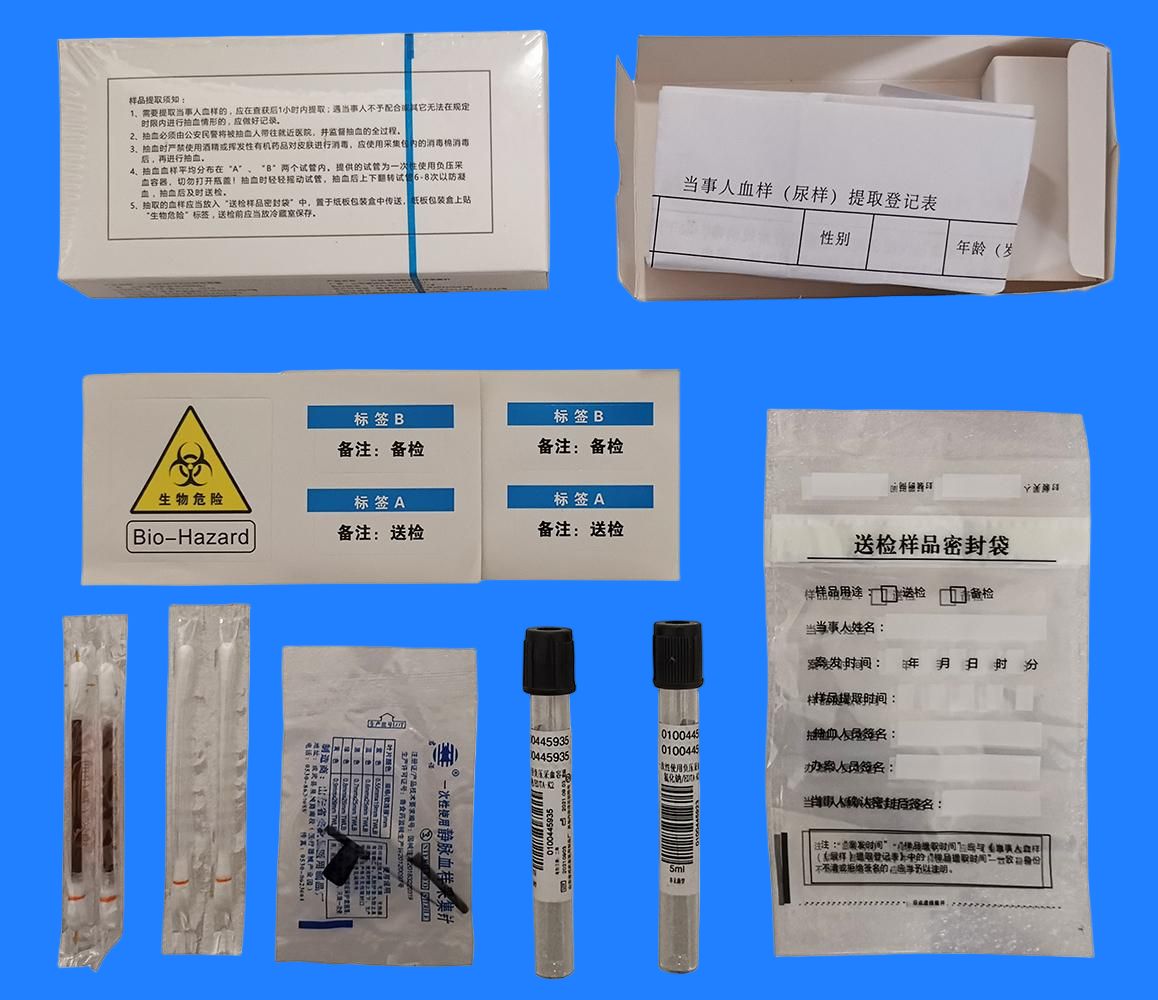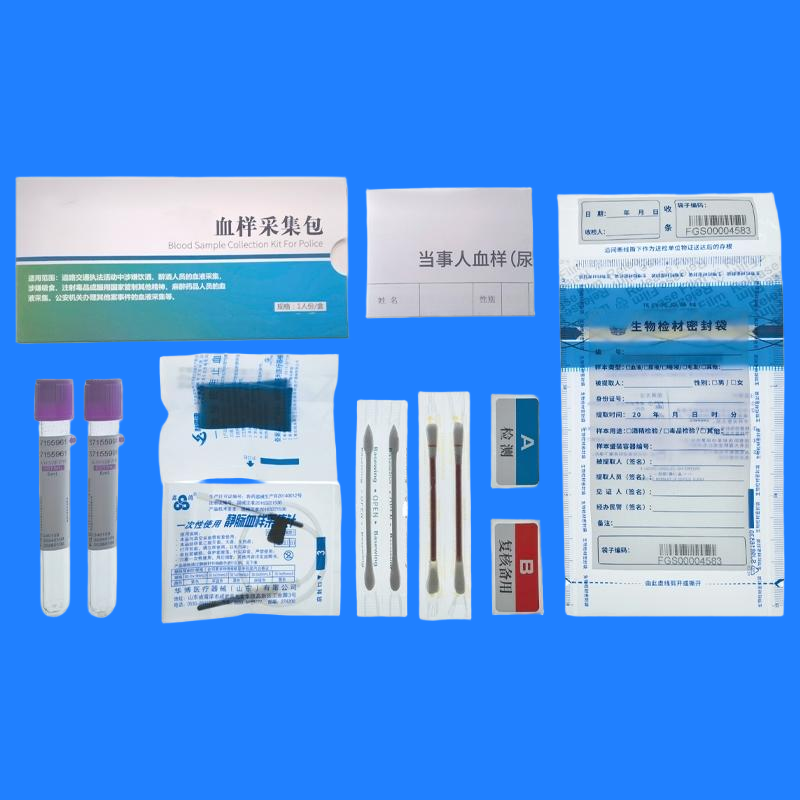Standardized Drug Detection Workflow in Healthcare
Healthcare institutions implement standardized workflows for drug abuse detection to ensure accurate, timely, and legally defensible results. The workflow includes patient consent, sample collection (urine, saliva, or blood), rapid screening using immunoassay kits or analyzers, confirmatory testing via GC/MS or HPLC, and secure result documentation. Standard protocols reduce errors, maintain confidentiality, and ensure compliance with... Continue reading→
Drug Screening Systems for Community Rehabilitation
Community rehabilitation centers benefit from structured drug screening systems to monitor patient progress and ensure compliance with treatment programs. Effective systems combine rapid urine or saliva test kits, multi-drug analyzers, and data management software to track results over time. Standardized protocols for testing frequency, sample collection, and result documentation ensure accuracy and confidentiality. These systems... Continue reading→
Common Drug Testing Instruments in Forensic Laboratories
Forensic laboratories rely on a variety of drug testing instruments to ensure accurate, sensitive, and legally defensible analysis. Common tools include Gas Chromatography-Mass Spectrometry (GC/MS) for confirmatory testing, immunoassay kits for rapid screening, High-Performance Liquid Chromatography (HPLC) for quantitative analysis, and portable analyzers for field sample triage. These instruments offer high specificity, reproducibility, and compliance... Continue reading→
Dual-Threat Detection for Emergency Response
Emergency management operations benefit from integrating drug and explosive detection capabilities to ensure rapid, accurate, and safe response in high-risk scenarios. Portable detection devices, colorimetric test kits, and multi-analyte analyzers allow first responders to identify hazardous substances on-site. Standardized protocols for sampling, analysis, and reporting streamline workflows and reduce response times. Combining detection systems enhances... Continue reading→
Equipment Selection Guide for Food Regulation Agencies
Food regulation agencies require precise, reliable, and safe testing equipment to ensure public health and compliance with safety standards. Selection criteria include sensitivity, detection range, ease of use, and portability. Recommended tools range from rapid test kits for contaminants, pesticide residue, and additives, to advanced analyzers like spectrophotometers, chromatography systems, and multi-residue detectors. Proper calibration,... Continue reading→
Drug Detection Equipment for Customs & Border Control
Customs and border control agencies require standardized drug detection equipment to ensure rapid, accurate, and legally defensible screening of passengers, cargo, and mail. Essential tools include portable multi-drug analyzers, colorimetric test kits, immunoassay strips, and X-ray or trace detection systems. These devices offer high sensitivity, specificity, and ease of operation in diverse environments. Standard protocols... Continue reading→
Recommended Drug Testing Tools for University Teaching Labs
University teaching labs require safe, reliable, and educational drug testing tools to demonstrate analytical techniques without hazardous exposure. Recommended tools include colorimetric test kits, immunochromatographic strips, and simulated multi-drug analyzers. These devices offer hands-on learning of detection principles, reaction mechanisms, and sample handling. Features such as visual indicators, user-friendly interfaces, and non-toxic reagents make them... Continue reading→
Joint Alcohol and Drug Detection Strategies for Traffic Safety
Integrating alcohol and drug detection enhances traffic safety by enabling comprehensive roadside screening. Combined strategies use breathalyzers, saliva or urine drug tests, and portable multi-drug analyzers to identify impaired drivers quickly and accurately. Real-time data collection, automated reporting, and multi-substance detection improve law enforcement efficiency, reduce road accidents, and support legal compliance. Training officers on... Continue reading→
Trends in Upgrading Police Drug Testing Equipment
Modern police drug testing equipment is evolving to meet higher accuracy, speed, and operational efficiency demands. Key trends include portable high-throughput devices, AI-assisted analysis, multi-drug detection capability, and real-time data connectivity. Equipment upgrades focus on improving sensitivity, reducing false positives, and enhancing user-friendly interfaces for field officers. Integration with centralized databases and mobile platforms streamlines... Continue reading→
Quality Management Systems for Drug Detection Instruments
Implementing a robust Quality Management System (QMS) ensures the reliability, accuracy, and regulatory compliance of drug detection instruments. A QMS encompasses standardized protocols for device calibration, maintenance, reagent verification, data integrity, and operator training. It reduces errors, enhances reproducibility, and supports audit trails for legal and forensic accountability. Integration with laboratory information systems allows centralized... Continue reading→

